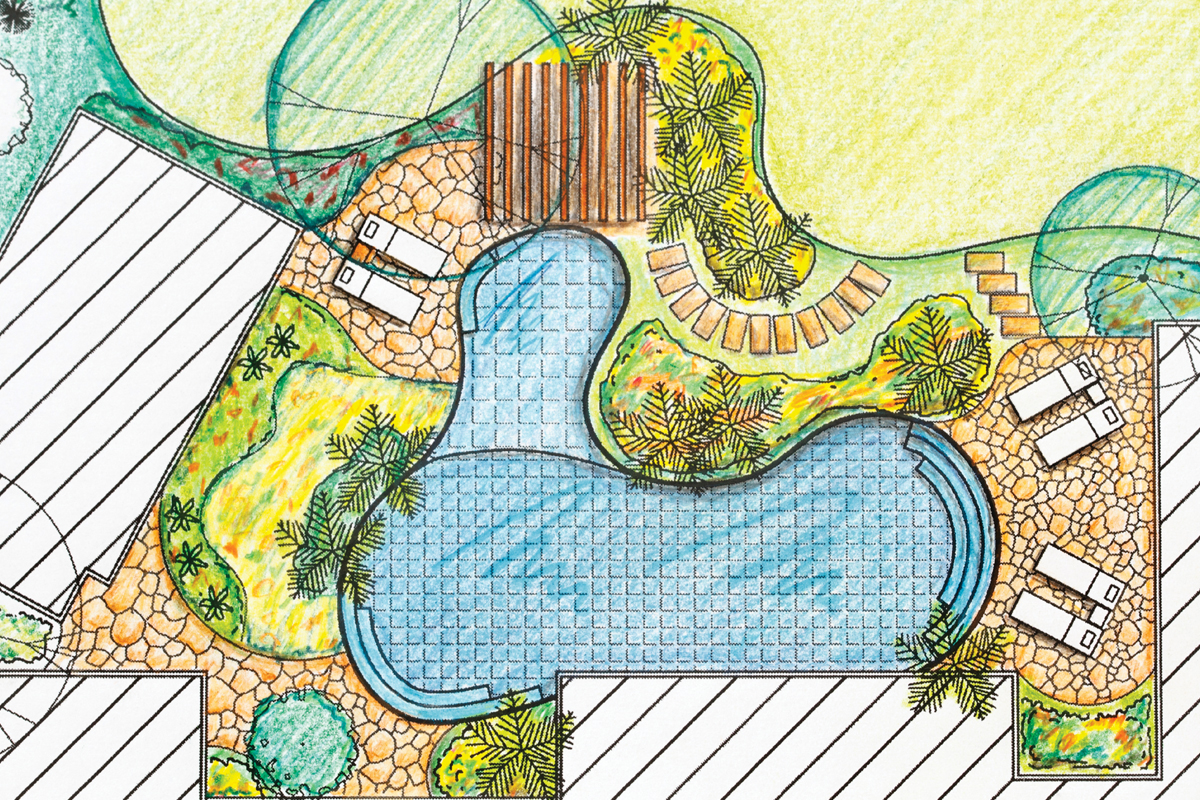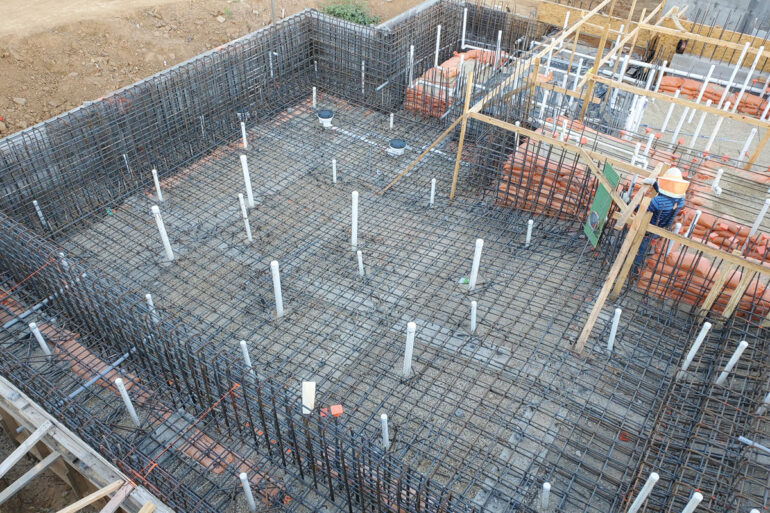The Art of Estimation

Undoubtedly, in the first minutes of conversation a pool builder has with a prospect, two questions will arise: “How long will it take?” and “What will it cost?”
And though most can answer these quickly, they need to be contemplated before answering. Estimating price and time accurately is vital to the success of any pool company.
Mike Logan, owner of Logan Pools, Brentwood, California, says it’s important that a builder’s estimate is as close to the final number as possible, and that number accounts for the needed gross profit margins to cover their overhead costs.
“A common mistake companies make in estimating is that they are in too much of a hurry to make a sale rather than put in the proper thought,” Logan says. “They get the sale, then realize they should have charged more for one thing or another but they are already committed.”
Greg Kearns, vice president of Wildwood Aquatech Pools Inc., based in Fresno, California, is a 25-year veteran of building and estimating swimming pools, and says an in-depth spreadsheet program can help eliminate costly mistakes while increasing add-on sales in the fraction of the time it takes using a manual system.
“I use a spreadsheet program with a checklist that I designed,” Kearns says. “It helps in selling upgrades because I have the ability through my program to break down the different costs, and I can do a proposal in minutes.”
Help is Out There
Kearns will be talking about correct estimates at this year’s International Pool | Spa | Patio Expo.
“Estimating is not an easy thing to do,” Kearns says. “The main thrust of the seminar will be on how to estimate efficiently and in a short period of time. It will offer tips on the best way to put together a proposal that is accurate and at the end of the day will increase profits and save money on the job.”
Having a checklist to ensure everything is covered is vital for estimating correctly, Kearns says.
After being burned a few times early in his career, Logan researched some of the estimating systems available and tried a few before coming upon Pool Pro Office, which he says works best for him.
Logan says the key to accuracy in estimates is to have up-to-date information on all costs involved — especially when dealing with high-price custom pools where materials are a bit different.
“You need to find out the costs for every individual project because you are less likely to make mistakes,” Logan says. “After I design a project, I will call each individual subcontractor I will be using and meet them on the site individually with my plans and engineering data, and have them get back to me with a firm bid and no surprises.”
Once Logan has all the quotes and knows the prices for the equipment and materials, he’s ready to provide an accurate estimate.
“For companies that deal with residential pools that aren’t unique in engineering and a boiler-plate design, you can go with a ready-made price list, as long as you are up to date with costs of material in your software,” Logan says.
Avoiding Mistakes
Having done this for a long time, Bill Drakeley, managing member of Drakeley Pool Company in Bethlehem, Connecticut, says he’s aware of certain baseline parameters of the costs of steel, concrete and plumbing. He also stipulates in his contracts that prices will increase if the material costs increase.
“Stainless steel goes up weekly,” Drakeley says. “We charge a percentage increase on jobs per month based on the increase.”
Drakeley sees estimating problems develop when pools start to move away from the norm and people want the latest trends. He’s done several projects recently with seven-inch acrylic walls, which may require the panels to be craned over the house — and he has no idea how long it will take to set and seal with adhesives.
“You can’t just connect the dots,” Drakeley says. “When you get into some of this crazy stuff, there’s no estimating procedure, and you could be a lot over what you estimated. With those, you can’t always give a hard number.”
A mistake Kearns sees is those who bid a job on an expansive-soil area and don’t factor in the extra associated costs.
One mistake Logan sees is those who forget to factor in the cost of overhead and doing business, such as running the office, insurance, salary, tools and transportation costs.
He advises always factoring in contingencies, and suggests looking at the last 10 completed jobs to compare the estimate to the actual costs. Then figure out the percentage you were off.
“Whatever that number is, add in that margin of error to your next estimate and things should be much closer to success,” Logan says.
Upcoming Seminar
International Pool | Spa | Patio Expo
Increase Profits with Swimming Pool Estimating
Thursday, Nov. 1
9:15 to 10:30 a.m.
The seminar will talk about how to increase add-on sales, reduce calculation errors and decrease estimation time and errors.
“I’ll be talking about designing a proper program to keep track of things and help add profit to the jobs,” Kearns says.





